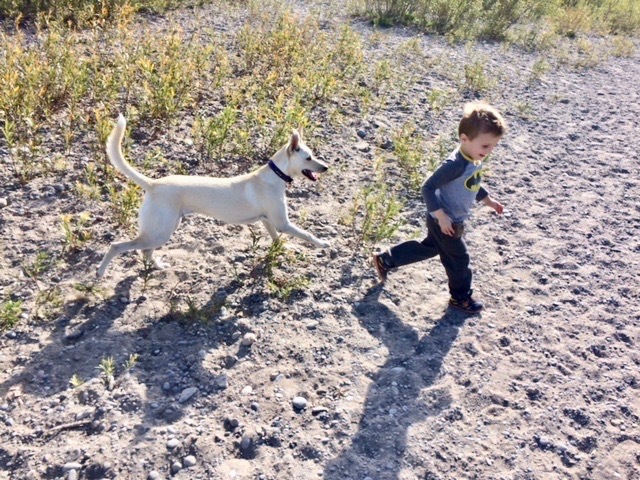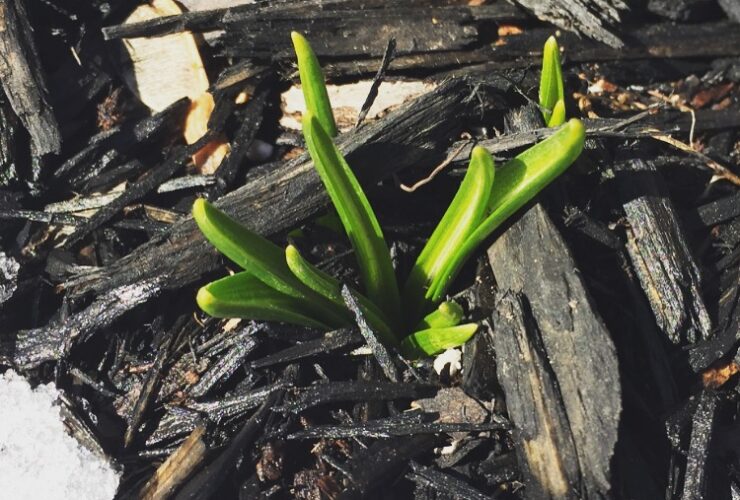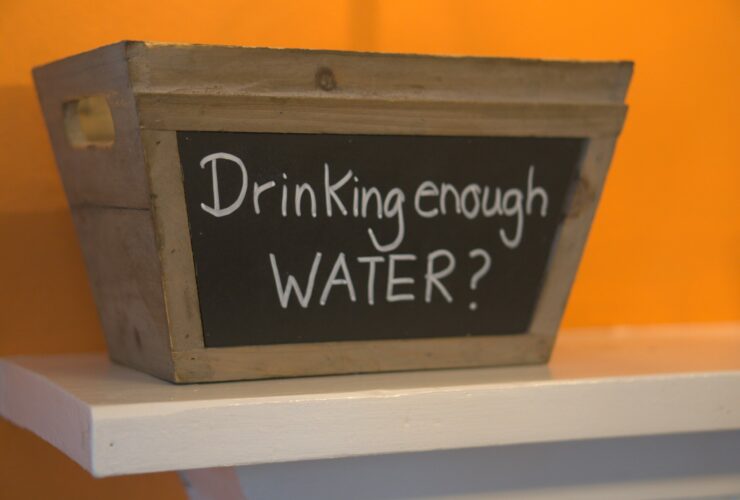It’s Summer, Are you a Runner?
Summer is here! With the sun beaming down and the skies bright and blue, it is the perfect time for runners to dust off their running shoes. The warm weather is a great excuse to get your daily dose of exercise and vitamin D outside in the sunshine. If you are new to running, or haven’t been running all winter, then easing into it is a definite must. Listen to your body, and don’t push yourself too hard on your first few runs. Also with the warm weather, it is very important to stay hydrated! Whether you are a running expert, or a beginner you may have experienced or begin to experience some of these common running aches and pains; runners knee, shin splints, or plantar fasciitis. These issues are all very common in runners, and unfortunately they have the capacity to take you away from the sport you love. It is important to address common errors in your running pattern in order to make your gait the most efficient, and eliminate pain during and after your runs. |
|
1) Runner’s knee: This condition involves feeling pain located centrally in the knee, or what feels like behind the knee cap. The major player in this condition is the group of quadriceps muscles located on the front of your thigh. If they are too tight, they will pull on their attachment site and cause pain in the knee. A great way to address this before it creates pain is to stretch the quadriceps muscles before and after every run. Stretching after your run is VERY important, to make sure the muscle fibres have a chance to elongate and reach a more relaxed position. Other areas to consider if your knees are hurting are the surfaces you are running on and how long your stride is when running. Uneven surfaces puts more strain on the muscles of the leg and since our knees are the middle between our hip and ankle joints, they often feel the weight of this load the most. Checking in with your stride length is very important as well. If your stride is too small you will not be engaging your gluteus muscles as efficiently. If you are not engaging your gluteus muscles, there will be a lot of work coming from your quads, which can lead to knee pain. 2) Plantar fasciitis: Plantar fasciitis is a painful problem that causes pain on the underside of your foot, usually in the arch. A major cause of this issue is improper footwear in daily life, and while running. Ensuring you have a running shoe with the right amount of support for your foot is key. Stretching the feet after each run will help loosen up the fibres and muscles. Another very important area to stretch is the calf muscles, tight calves can attribute to this pain as well. Another tip is to walk around in your home barefoot little amounts throughout the day. We have over 100 muscles in our feet that often get weak and underused because of how structured our shoes have become. Gripping the floor with your toes and building the strength back in the arch of your foot is a great way to diminish pain. 3) Shin splints: Shin splints are a common ache in the front of the shin, all along the front of the lower leg. This common injury comes as a result of activity and exercises that load the lower limbs, with running being one of the major causes. Tight muscles in the gastrocnemius (calf muscles), and muscles in the top and arch of the foot can also contribute to shin splints. A great stretch for shin splints is to place the top of your foot (where your laces are) behind you on the ground, with your knee slightly bent and lean your weight forward while pushing your laces down into the ground. You should feel a stretch along the front side of your shin. See below for our Standing + Seated Shin Stretch. It is extremely important to stretch after going for a run to prevent injuries, especially the ones explained above. Preventing injuries is always easier than to try correct and fix them once they’ve occurred. Key areas to stretch to help limit the injuries above are the quads, calves, hips and feet. Other things to consider are the shoes you are running in, the surfaces you are running on and your stride length. Oftentimes injuries come from muscle imbalances and misalignment, so if injuries persist book an appointment with a massage therapist or manual osteopath. Happy running! Learn more about Manual Osteopathy and how Jenna Linton, B.Kin, DOMP can help! |






Comments are closed.